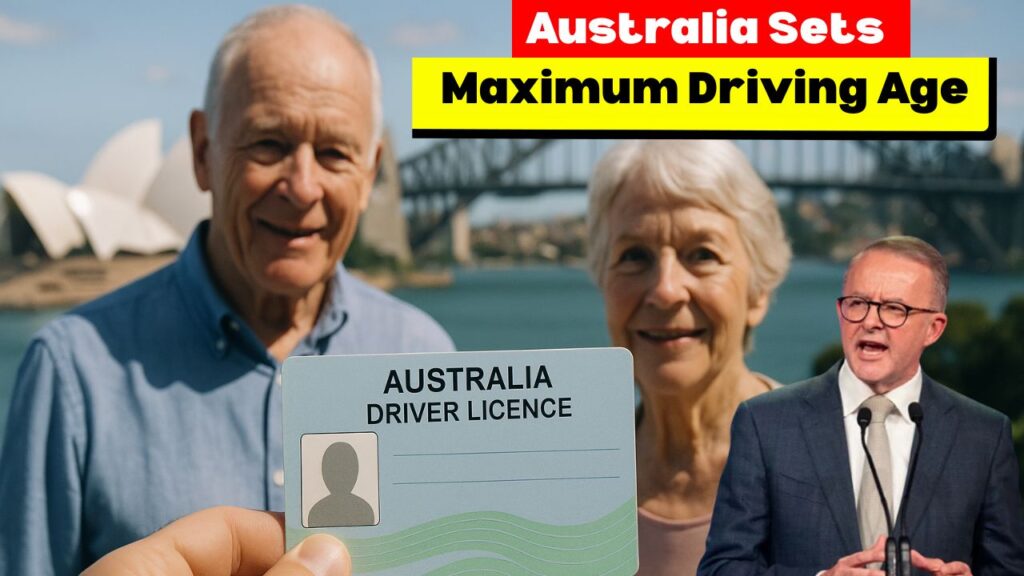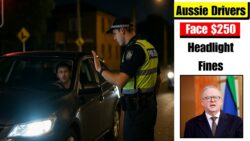In Australia, driver licence regulations become more specific as people reach the age of 70 and 80. While the country values the independence of its senior citizens, road safety remains a top priority. Many states have introduced age-based checks to ensure older drivers remain fit to drive. This article explores the maximum driving age under the Australian Highway Code, explaining how licence renewals, medical assessments, and vision checks are managed for older Australians who wish to continue driving safely.

Licence Renewal Rules for Australian Seniors
Under the Australian driving laws, there is technically no upper age limit for holding a driver licence, but regular assessments are mandatory for older drivers. From the age of 70, most states require medical fitness checks to confirm that senior citizens are healthy enough to drive. Some territories, such as New South Wales and Queensland, also include on-road driving tests after a certain age. The aim is to balance road safety standards with independence, allowing seniors to keep their mobility while meeting national safety criteria.
Highway Code Requirements After Age 80
Once drivers reach 80 years of age, stricter monitoring begins under the Australia Highway Code. At this stage, drivers must submit annual medical certificates verifying their ability to drive safely. Some local authorities request a short practical driving assessment every year to check coordination and awareness. This ensures senior drivers’ safety and protects other road users. While there is no automatic disqualification, drivers who fail health or vision tests may face restrictions or a switch to conditional licences for local driving only.
Medical and Vision Checks for Older Drivers
Medical fitness is a major factor in determining driving eligibility for seniors. The Australian medical review includes eyesight tests, medication checks, and cognitive assessments. These ensure that older individuals remain physically and mentally capable of driving safely. Regular vision screening programs help detect early signs of visual decline that could affect reaction time or judgment. By maintaining strict driver safety evaluations, Australian authorities encourage responsible ageing while minimizing accident risks among elderly motorists.
Summary of Senior Driving Rules
Australia’s approach to elderly driving focuses on safety over age. The Highway Code does not set a final driving age but requires increased testing and certification after 70 and 80. By combining medical reviews and on-road assessments, the government ensures senior drivers remain capable and confident. This balanced approach helps protect both older motorists and the public while promoting independence, awareness, and long-term mobility for Australia’s ageing population.
| Age Group | Requirement | Frequency | Authority Involved |
|---|---|---|---|
| Below 70 | Standard licence renewal | Every 10 years | State Transport Department |
| 70–79 years | Medical assessment | Every 1–2 years | Local Licensing Office |
| 80+ years | Medical & driving test | Annually | State Road Authority |
| Conditional licence | Limited area driving | Case by case | Medical Practitioner |
| Failing assessment | Licence suspension | Immediate | Transport Authority |
Frequently Asked Questions (FAQs)
1. Is there a maximum age to drive in Australia?
No, there is no fixed maximum driving age in Australia.
2. What happens when a driver turns 80?
They must undergo annual medical and driving assessments.
3. Can elderly drivers lose their licence?
Yes, if they fail medical or vision requirements.
4. Are the rules the same in every state?
No, specific age-based testing varies by state and territory.




